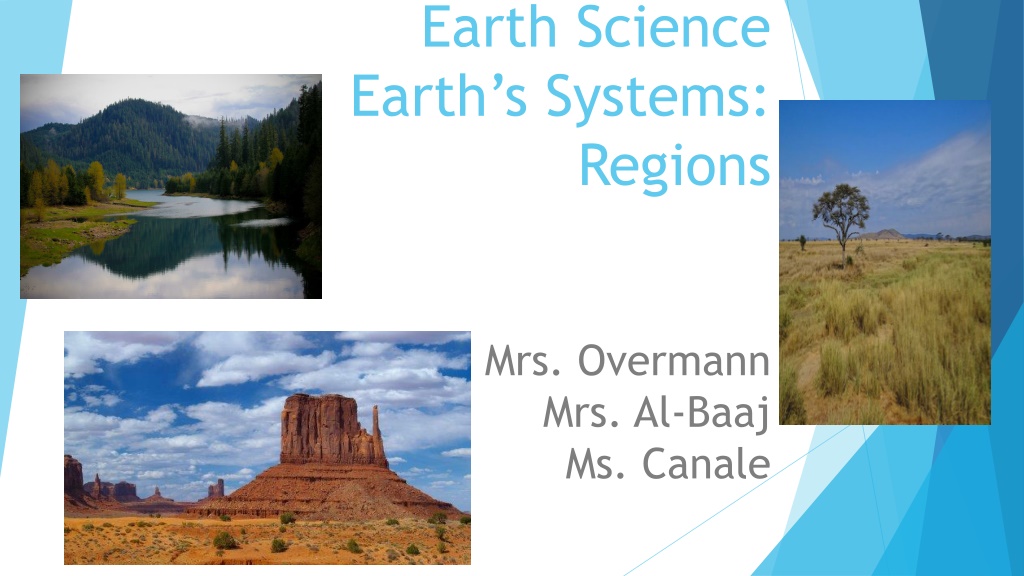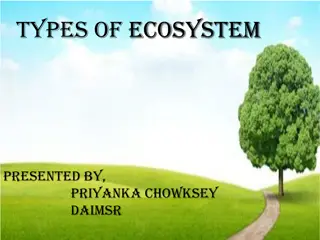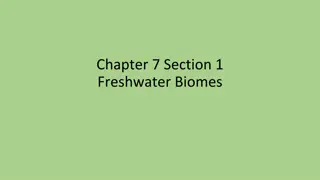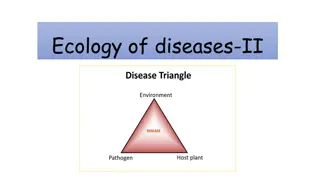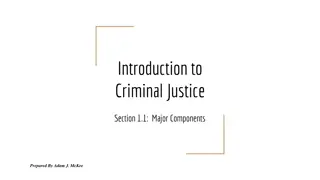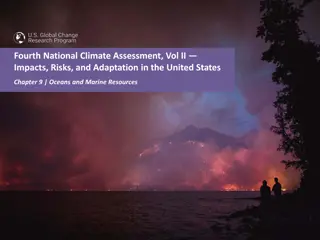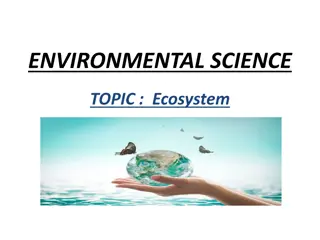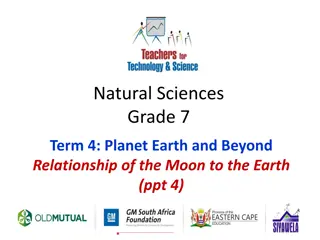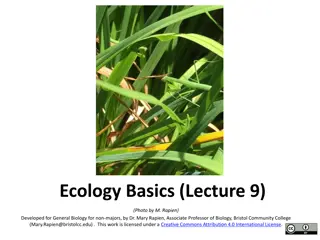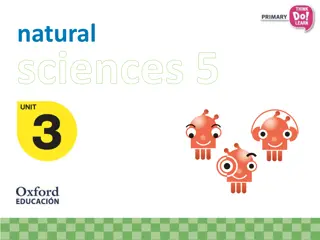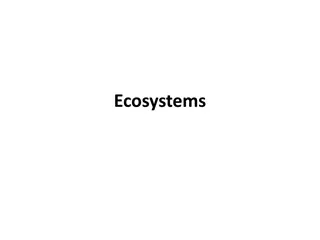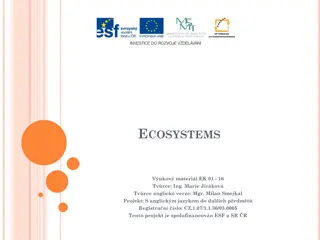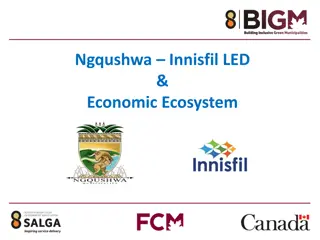Diverse Ecosystems of the United States
The United States boasts diverse ecosystems, each uniquely characterized by its climate and vegetation. Explore the Pacific Northwest's lush forests with towering evergreen trees, the dry Southwest Desert with hardy desert plants, and the Central Plains Grasslands with vast prairies dominated by grasses. Learn about the distinctive flora and fauna that thrive in these regions.
Download Presentation

Please find below an Image/Link to download the presentation.
The content on the website is provided AS IS for your information and personal use only. It may not be sold, licensed, or shared on other websites without obtaining consent from the author.If you encounter any issues during the download, it is possible that the publisher has removed the file from their server.
You are allowed to download the files provided on this website for personal or commercial use, subject to the condition that they are used lawfully. All files are the property of their respective owners.
The content on the website is provided AS IS for your information and personal use only. It may not be sold, licensed, or shared on other websites without obtaining consent from the author.
E N D
Presentation Transcript
Earth Science Earth s Systems: Regions Mrs. Overmann Mrs. Al-Baaj Ms. Canale
PACIFIC NORTHWEST FOREST If you visit the Pacific Northwest, you ll see many tall trees. In fact, this region is home to the world s tallest trees! The rainy weather and mild temperatures support the growth of lush forests. Most of the trees are evergreen, which means that they keep their needle-shaped leaves all year long. Many flowering shrubs and trees, such as currants and dogwoods, also live in these forests. Wildflowers, mosses, and ferns grow in the moist soil. This forest is home to many different kinds of animals, from insects and amphibians to birds and mammals Vocabulary: region, moss, fern, forest
SOUTHWEST DESERT The Sonoran Desert in the southwestern United States looks very different from that of the Pacific Northwest. Why? This region receives very little rain. Plants that can survive with little water live in this dry region. Desert plants grow farther apart from each other than those in a forest. The animals that live in the desert must also be able to survive in harsh conditions without much water. Vocabulary: harsh, region, desert
CENTRAL PLAINS GRASSLANDS The central portion of the United States receives more rain than the desert but less rain than the forest. The region supports grasslands, also called prairies. This large area of land is covered in grasses and many kinds of wildflowers, but few trees. The climate in the grasslands varies each season. Winters are cold and summers are hot and dry. Prairie plants grow long roots that can absorb and store water. During extremely dry periods, fires are common. Many prairie plants regrow after a fire because their roots are protected below the ground. Vocabulary: prairie, climate, extremely, grasslands
